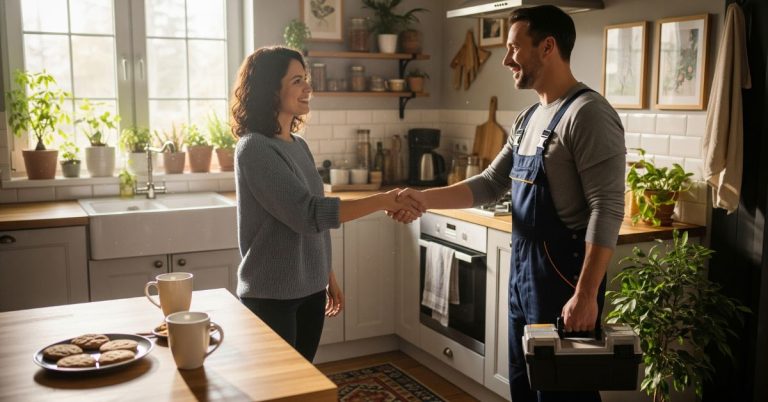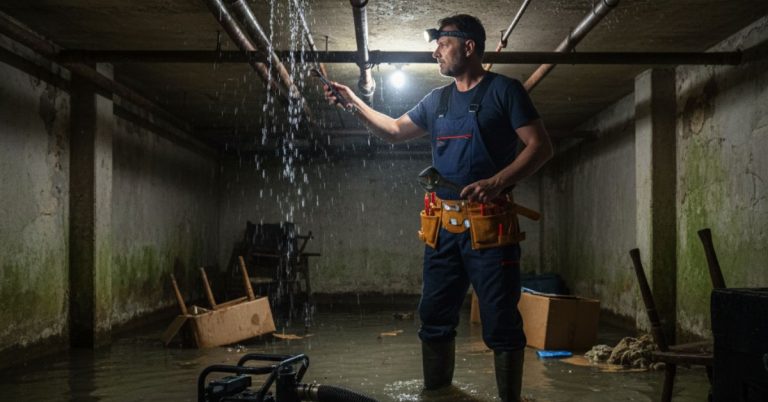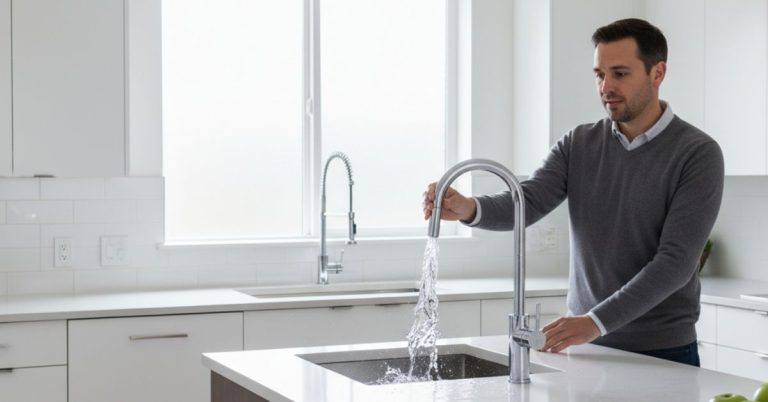Maintaining a safe and efficient bathroom plumbing system is critical for protecting your home and ensuring the well-being of your family. Plumbing-related accidents and damage often occur due to negligence or simple oversights. In this comprehensive guide, we provide essential bathroom plumbing safety tips that every homeowner must follow to prevent emergencies, costly repairs, and health hazards.
Table of Contents
Inspect Pipes and Fixtures Regularly for Leaks

One of the most important safety tips is to perform routine inspections of your bathroom plumbing. Check under sinks, behind toilets, and around bathtubs or showers for any signs of leaks, corrosion, or water damage. Even a small drip can indicate a bigger problem and may lead to mold growth or structural damage over time.
- Look for rust stains, water puddles, or mildew smells.
- Examine visible pipe joints for signs of wear or dripping.
- Replace old or corroded pipes promptly to avoid burst pipes or leaks.
Avoid Using Harsh Chemicals to Clear Drains
Many homeowners turn to chemical drain cleaners for a quick fix. However, these products can corrode your pipes and pose a serious safety risk if mishandled.
- Opt for natural alternatives like a vinegar and baking soda solution.
- Use a drain snake or plunger as a safer, more effective method.
- Schedule professional drain cleaning to maintain your pipes safely and efficiently.
Install Anti-Scald Devices on Faucets and Showerheads
Scalding water accidents are common in bathrooms, especially when children or seniors are involved. Installing anti-scald devices helps regulate water temperature and prevents sudden surges of hot water.
- Ensure your water heater is set to 120°F (49°C) or lower.
- Use thermostatic mixing valves to balance hot and cold water.
- Anti-scald devices are inexpensive yet highly effective for safety.
Secure and Maintain Water Supply Lines
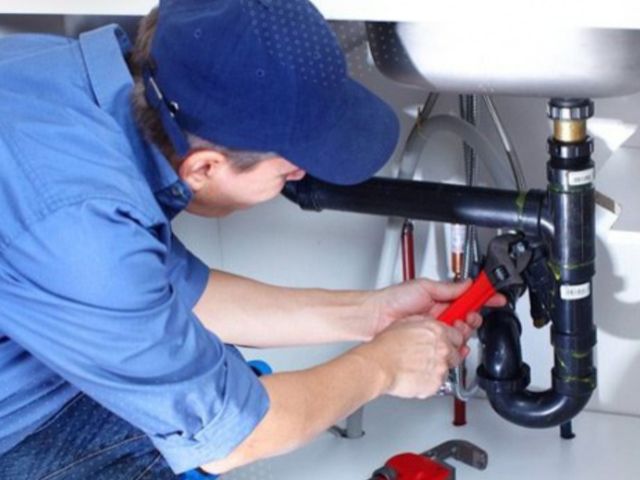
Bathroom plumbing relies on a network of water supply lines, often hidden behind walls or beneath fixtures. Over time, these lines can loosen, crack, or degrade.
- Use stainless steel braided hoses instead of plastic ones.
- Inspect supply lines every 6-12 months.
- Make sure hoses are properly tightened and free of kinks or bulges.
Install a Bathroom Ventilation Fan
Poor ventilation leads to excessive moisture buildup, which can damage your plumbing system and promote mold growth.
- Install a quality exhaust fan that vents outside, not into the attic.
- Run the fan during and after showers to remove humidity.
- Keep vents clean and free of dust or debris.
Never Flush Foreign Objects Down the Toilet
Toilets are designed to handle only human waste and toilet paper. Flushing wipes, paper towels, feminine products, or other foreign materials can clog your pipes and cause backflow or overflows.
- Educate all household members about proper toilet use.
- Keep a covered trash bin nearby for non-flushable items.
- Install a toilet lid lock if you have toddlers to prevent accidental flushing of objects.
Use GFCI Outlets Near Water Sources

Electrical outlets in bathrooms must be protected by Ground Fault Circuit Interrupters (GFCIs) to prevent shock hazards, especially in areas with frequent water exposure.
- Make sure all outlets within 6 feet of water sources are GFCI protected.
- Test GFCI outlets monthly using the “test” and “reset” buttons.
- Hire a licensed electrician for safe installation if you lack GFCI outlets.
Get your water heater repaired or replaced the same day
Regularly Clean and Maintain Showerheads and Faucets
Mineral deposits can accumulate in showerheads and faucets, reducing water pressure and harboring bacteria. Routine cleaning keeps your plumbing efficient and sanitary.
- Soak showerheads in vinegar overnight to dissolve limescale.
- Remove and clean aerators on faucets.
- If water flow is inconsistent, inspect for internal blockages.
Install a Toilet Overflow Protection Device
Toilet overflows are one of the most common and damaging plumbing issues. Installing an overflow prevention device ensures that your toilet doesn’t flood the bathroom due to blockages or mechanical failure.
- Consider pressure-assisted toilets with built-in overflow protection.
- Replace faulty flappers and check float levels regularly.
- Avoid overfilling the tank beyond the manufacturer’s recommendation.
Know the Location of Shut-Off Valves
In a plumbing emergency, knowing how to quickly shut off the water supply is crucial to minimize damage.
- Locate the main water shut-off valve and all local shut-off valves under sinks and behind toilets.
- Test the valves periodically to ensure they turn easily and function correctly.
- Label valves for easy identification during a crisis.
Keep Bathroom Floors Dry to Prevent Slips and Water Damage
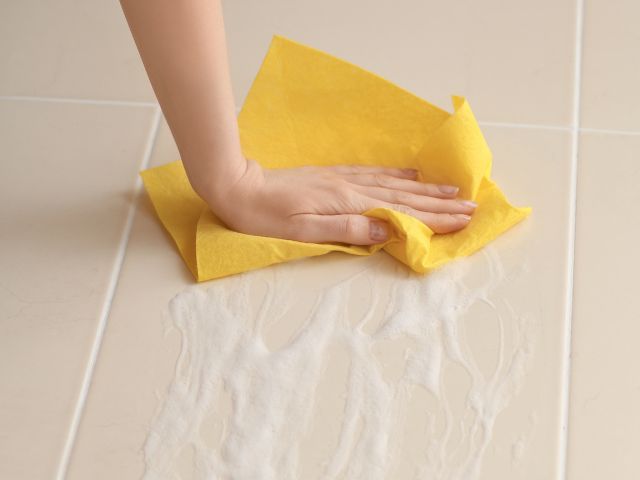
Standing water on your bathroom floor poses a dual threat: slip hazards and water damage to subflooring and baseboards.
- Use absorbent bath mats and wipe spills immediately.
- Check that your tub or shower curtain seals tightly to avoid leaks.
- Install a water sensor alarm near the base of your toilet or under your sink.
Hire Licensed Plumbers for Installation and Repairs
DIY plumbing can be tempting, but improper installation or repairs can create serious safety risks and code violations.
- Always hire licensed and insured professionals for significant plumbing service work, whether it’s a shower leaking replacement or full home repiping services.
- Ensure that every plumbing installation strictly follows local building codes to prevent fines, insurance issues, or costly corrections from unapproved or unsafe work.
- Request a thorough post-installation inspection to confirm system integrity, proper function, and safety compliance before using newly installed plumbing fixtures or pipelines.
Use Water Pressure Regulators to Avoid Pipe Bursts
Excessively high water pressure can strain your pipes and fixtures, eventually leading to leaks or burst pipes.
- Install a pressure regulator if your water pressure exceeds 60-70 psi.
- Use a pressure gauge to monitor water levels.
- Address surges or spikes immediately to prevent plumbing system failure.
Seal Around Fixtures to Prevent Water Intrusion
Gaps around bathtubs, sinks, and toilets can allow water to seep beneath surfaces and cause rot, mold, and decay.
- Use waterproof silicone caulk to seal joints and edges.
- Reapply caulking annually or when cracks appear.
- Ensure that caulk is mold-resistant for long-lasting protection.
Prevent Frozen Pipes in Cold Weather
Frozen pipes can rupture and flood your bathroom. If you live in a colder climate, take steps to protect exposed plumbing.
- Insulate pipes near exterior walls or in unheated areas.
- Leave cabinet doors open to let warm air circulate around plumbing.
- During deep freezes, let faucets drip slightly to keep water moving.
Conclusion
Prioritizing bathroom plumbing safety is essential to maintaining a healthy, functional home. From leak detection to proper ventilation and anti-scald devices, these simple yet effective measures can prevent costly damage and protect your family from the dangers of ignoring plumbing issues. Staying proactive with maintenance and using safe practices goes a long way in ensuring your bathroom remains a safe space for everyone.
If you’re experiencing any plumbing concerns or need expert advice, don’t hesitate to call 5 Star Best Plumbing. Our team of professionals is equipped to handle everything from minor fixes to major installations with precision and care. The next time you search for a plumbing service near me, make the smart choice—choose 5 Star Best Plumbing for reliable, long-lasting solutions.
FAQs
Why is it important to check for bathroom leaks regularly?
Regular leak checks help prevent water damage, mold growth, and high utility bills. Even small leaks can lead to expensive repairs if left undetected.
Can I use bleach-based cleaners in my bathroom plumbing?
While bleach can disinfect, frequent use may corrode pipes and damage rubber seals. Use mild or natural alternatives for routine cleaning.
What should I do if my bathroom pipes freeze in winter?
Turn off the main water supply and gently thaw the pipe with a hairdryer or warm towels. Avoid using open flames or excessive heat, which can damage pipes.
How often should I clean my showerhead and faucet aerators?
Clean showerheads and aerators every 3 to 6 months to prevent mineral buildup and maintain healthy water flow. More frequent cleaning may be needed in hard water areas.
Are chemical drain cleaners safe for frequent use?
No, overusing chemical drain cleaners can corrode pipes and pose health hazards. It’s better to use mechanical methods or call a professional plumber when needed.



